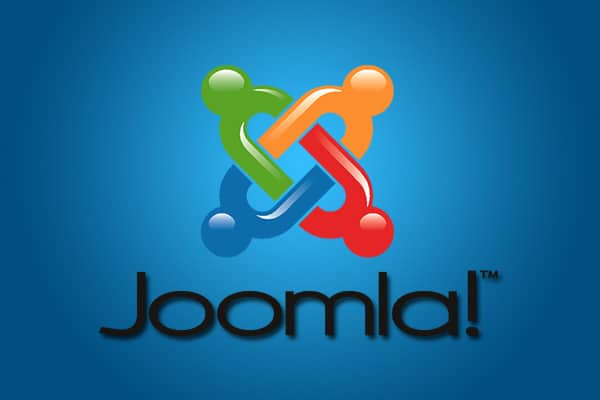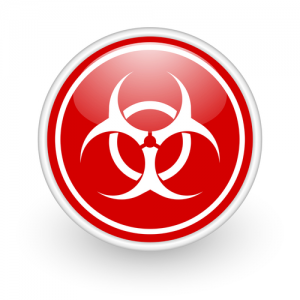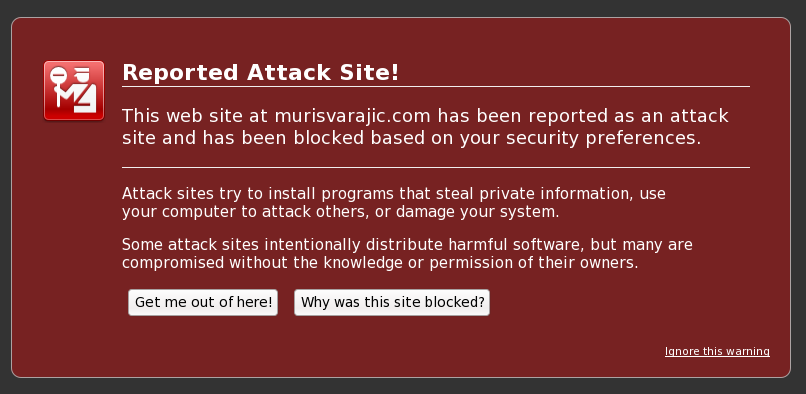Millions of Joomla websites at risk due to bug

It seems that for over two years there has been a SQL-injection vulnerability in the Joomla Platform (which is used in millions of websites) that will allow remote takeover hacks.
SQL-injection vulnerabilities allow end users to execute powerful commands on a website’s backend database by entering “special” text in search boxes or other input fields found on a website. The flaws, which are among the most commonly exploited website vulnerabilities, are the result of an insecure Web application failing to enforce the treatment of incoming data as plain text rather than executable code. Often, this makes it possible for hackers to download confidential files from the vulnerable server.
Joomla have now patched the platform, but if website owners do not install the update, they are still vulnerable.
It’s a good thing all of our websites are using the WordPress platform 🙂
You can read more about this issue at Joomla Bug.


 You may not be aware, but if your website gets hacked, it will affect your search rankings.
You may not be aware, but if your website gets hacked, it will affect your search rankings. There is a new security threat for website owners to contend with.
There is a new security threat for website owners to contend with. Every day, somewhere in the vicinity of 10,000 websites are hacked or compromised in some way.
Every day, somewhere in the vicinity of 10,000 websites are hacked or compromised in some way.